Lee Miller, Surrealist muse, photographed by Man Ray, Paris ca. 1930 [Source: NYT]
Janine Di Giovanni encapsulates the Surrealist stretch of Miller’s life in a New York Times T magazine feature:
Born in Poughkeepsie, N.Y., in 1907, Miller fled her conventional life — and a rather odd father who took photographs of her naked — to model in Manhattan. She was discovered by Condé Nast, but when a portrait of her taken by Edward Steichen was used as a Kotex ad, she ran away to Paris. She was a pupil of Man Ray, who did not take apprentices, but as she told it, she marched into his studio and announced, “I’m your new student.” Over the course of four years, they developed the technique of solarization, and Man Ray became obsessed with her.
She became a muse for the Surrealists, a lover of Picasso and a buddy of Paul Ãluard, Jean Cocteau and others. She played the female lead, a statue, in Cocteau’s film “The Blood of a Poet,” which caused a jealous feud with Man Ray.
Eventually, Miller grew bored of Paris, the parties, the pretty frocks and the promiscuity, and wed an elegant Egyptian, Aziz Eloui Bey. She tried to live a sedate life with him in Cairo. She picked up her camera and photographed the pyramids; did portraits of “the black-satin-and-pearls set,” and most notably took the photo of the desert near Siwa that Magritte saw and used as inspiration for his 1938 painting “Le Baiser.”
But “boredom was starting to creep into her life,” [her son Anthony] Penrose writes. So she bolted for London.
When the war broke out, she was on a ship headed for England. Though women were not technically allowed to be at the front, Miller was British Vogue’s sole accredited correspondent, and she did what she wanted. Besides, as Penrose points out, what soldier could have resisted her?
See Lee Miller: War Photographer and The Lives of Lee Miller.

![gustave_caillebotte_paris_street_rainy_day Gustave Caillebotte. Paris Street, Rainy Day (La Place de l’Europe, temps de pluie). 1877. Oil on canvas. Art Institute of Chicago. [Source: Wikimedia Commons]](../wp-content/uploads/2009/02/gustave_caillebotte_paris_street_rainy_day_1877_wiki.jpg)
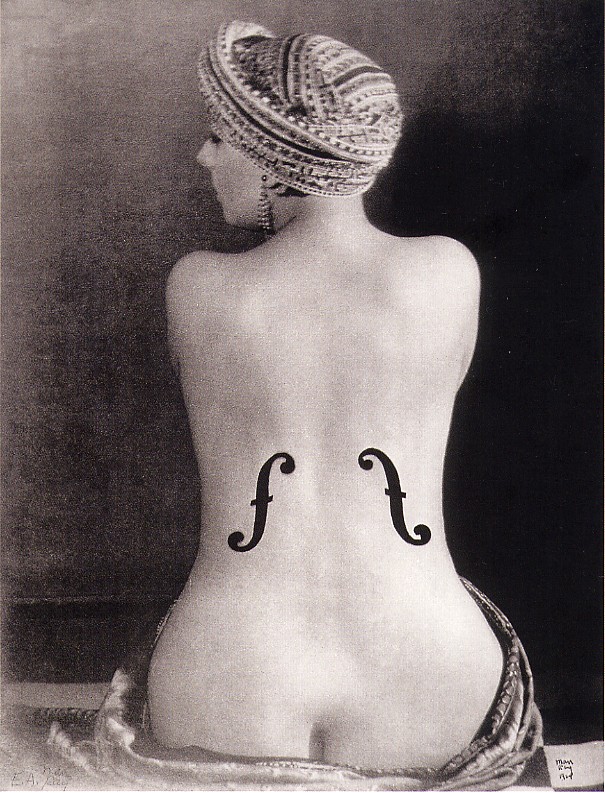 The legendary Kiki of Montparnasse posed for Man Ray’s
The legendary Kiki of Montparnasse posed for Man Ray’s 
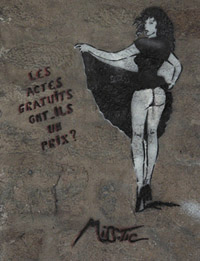
![Fog at Isle Royale [Source: wildmengoneborneo.com] Fog at Isle Royale [Source: wildmengoneborneo.com]](../wp-content/uploads/2008/04/isle_royale_fog.jpg)
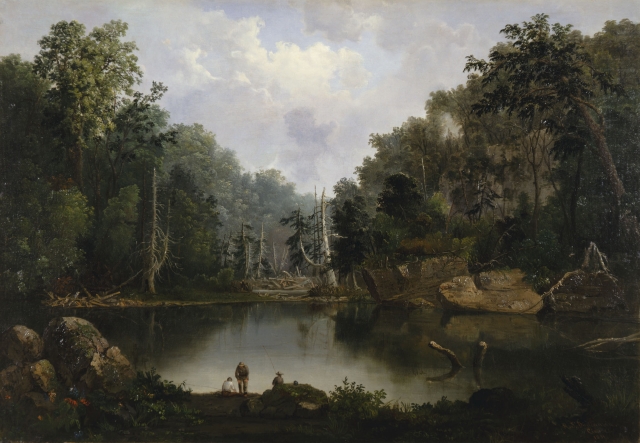
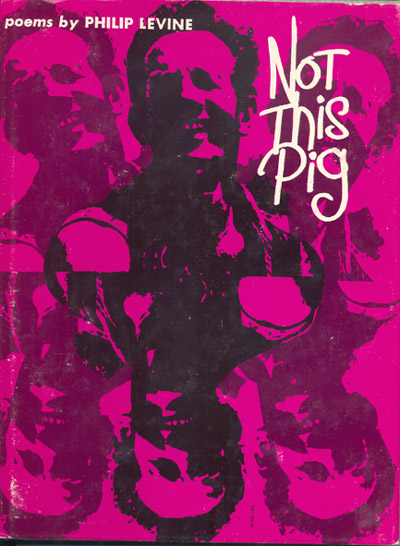 If there is an emerging genetic underclass, I could run for class president or class clown. Read more in
If there is an emerging genetic underclass, I could run for class president or class clown. Read more in 
![grant_wood_parson_weems_fable_200px Grant Wood. Parson Weem’s’ Fable. 1939. Amon Carter Museum, Forth Worth.. Steven Biel describes the painting: “Parson Weems, imitating Charles Willson Peale’s pose in The Artist in His Museum (1822), opens a red velvet curtain on the legendary scene: Augustine Washington, elegant in crimson coat, white ruffle, tan breeches, silver-buckled pumps, and green tricornered hat, grasps in his right hand the slim trunk of the bent cherry tree. A row of cherries dangles from the perfectly rounded treetop, mirroring the very cherry-like fringe of the Parson’s curtain. Augustine’s outstretched left palm and furrowed brow signal a serious inquiry. His son George, boyish in stature and dress—coatless, with sky-blue breeches and petite buckled pumps—is manly in his expression. In fact, his white-wigged head is that of Gilbert Stuart’s portrait and the dollar bill. He points with his right hand to the hatchet in his left. Wood chips lie in the circle of soil at the base of the tree, its lower trunk smoothly incised and poised to split off. In the background, a well-dressed slave couple harvests the fruit of a second tree.” [Alt Text Source: Common-Place/ http://www.common-place.org/vol-06/no-04/biel/ ]](../wp-content/uploads/2011/08/grant_wood_parson_weems_fable_200px.jpg)
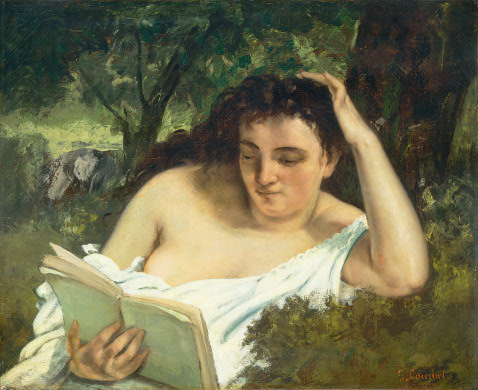

Pingback: a blind flaneur
Pingback: Was Man Ray’s “Emak-Bakia” the “Avatar” of the 1920s? - a blind flaneur
Belle photo!!!
Yes, indeed. Ana Luisa, you have a wondrous website!
Pingback: Who Spied On Lee Miller? | a blind flaneur
Pingback: Lee Miller: Flapper Fashionista | a blind flaneur